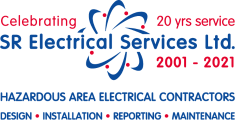ATEX Awareness: The Electrical Dangers of Explosive Atmospheres
Friday 8 July
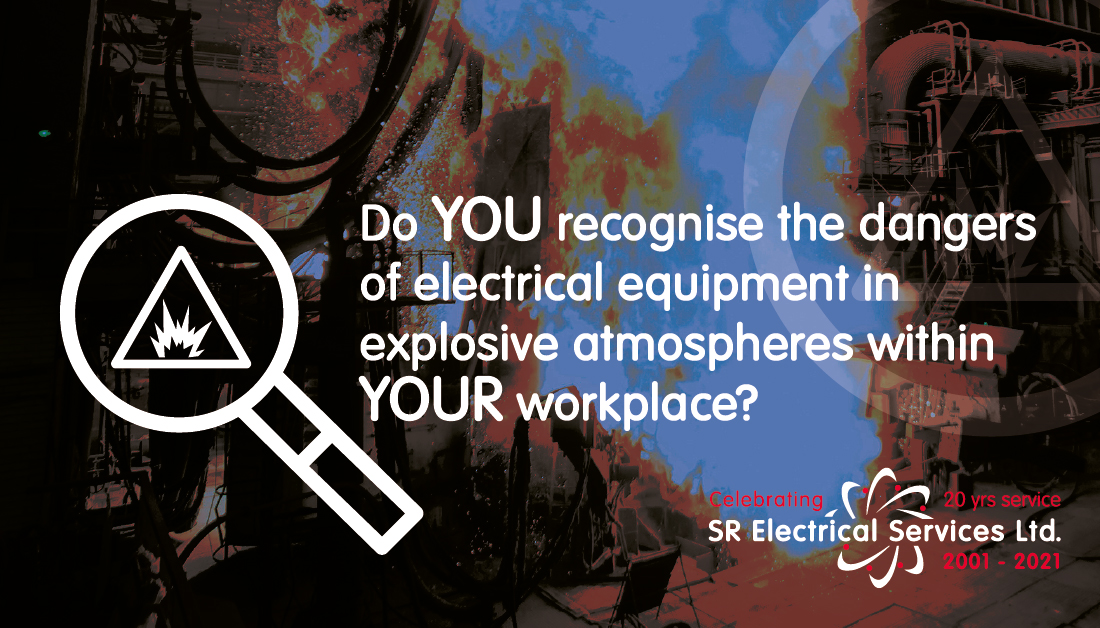
ATEX is an acronym for ‘Atmospheres Explosible’ and refers to the hazards surrounding explosive atmospheres in the workplace. These conditions lead to the risk of explosion due to flammable gases or combustible dust mixing in the air.
Special measures must be adhered to in ATEX areas where electricity is concerned. Most electrical equipment may cause sparking or generate heat, these two factors could ignite the explosives in the atmosphere leading to explosion and fire. Another concern is static electricity from a person or their clothing which can also ignite a spark. This is why identifying and knowing the dangers of ATEX zones is imperative in preventing any harm to employees and property.
Know Which Substances Are Dangerous
The atmospheres in which ATEX regulations must be observed can be found at many sites across common sectors. If a workplace produces or has the following substances present, ATEX controls must be put in place:
- Solvents
- Paints
- Varnishes
- Flammable gases
- Dust from machining and sanding
- Dust from foodstuffs
- Dust from grain or wood
- Pressurised gases
- Substances corrosive to metal
As proven by this list, the risk of explosion should be a consideration for most businesses industry-wide and a thorough inspection of the electrical elements in these areas is essential. The Dangerous Substances and Explosive Atmospheres Regulations 2002 (DSEAR) is a legislation in the UK which requires employers in a workplace to assess and prevent the risks from explosive atmospheres.
Identifying an ATEX Zone
Workplaces must classify areas that pose a risk of hazardous explosive atmospheres into zones. The classifications vary depending on the likelihood of an explosion occurring, and the duration of this risk.
The zone classifications for gases, vapours and mists are:
- Zone 0 - A place in which an explosive atmosphere consisting of a mixture with air of dangerous substances in the form of gas, vapour or mist is present continuously or for long periods or frequently.
- Zone 1 - A place in which an explosive atmosphere consisting of a mixture with air of dangerous substances in the form of gas, vapour or mist is likely to occur in normal operation occasionally.
- Zone 2 - A place in which an explosive atmosphere consisting of a mixture with air of dangerous substances in the form of gas, vapour or mist is not likely to occur in normal operation but if it does occur, will persist for a short period only.
The zone classifications for dust are:
- Zone 20 - A place in which an explosive atmosphere in the form of a cloud of combustible is present in the air for long periods of time.
- Zone 21 - A place in which an explosive atmosphere in the form of a cloud of combustible dust in the air is likely to occur, on an occasional basis in normal operational environments.
- Zone 22 - A place in which an explosive atmosphere in the form of a cloud of combustible dust in air is not likely to occur in normal operation but, if it does occur it will persist for a short period of time only.
By classifying any hazardous areas into zones, it ensures that the correct measures and controls are easily determined. The zone classification also indicates which category of equipment is suitable for each area; category 1 equipment for zones 0 or 20, category 2 equipment for zones 1 or 21 and category 3 equipment for zones 2 or 22.
Preventions Through Inspection and Installations
By reducing the release of dangerous substances where possible and preventing sources of ignition in ATEX zones workplaces can protect their employees and assets from the risks of explosive atmospheres. Electrical equipment in these areas should be designed to reduce the risks of ignition, this goes for all equipment including light fixtures and switches. This can be done through sealing equipment, reducing power and de-energising equipment when a fault or explosive is identified.
Here at SR Electrical Services, we have helped numerous businesses sector-wide identify and rectify electrical deficiencies found in explosive atmospheres through our full hazardous area ATEX inspections. If you hold any concerns about the potential dangers in your workplace, then please get in touch with our expert team here.
Sources:
https://www.hse.gov.uk/fireandexplosion/zoning.pdf
https://www.hse.gov.uk/fireandexplosion/dsear.htm
Latest News
View all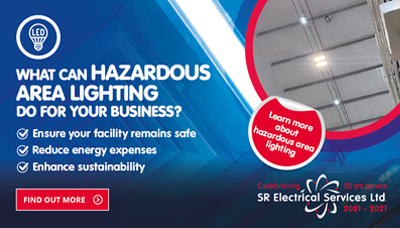
Your Quick Guide To Hazardous Area Lighting
Good lighting is crucial in keeping your facility well-lit and safe, however electrical ignition sources are one of the most common causes of fire and explosion in hazardous areas.
Read more about Your Quick Guide To Hazardous Area Lighting
Share
![]()
![]()

SR Electrical Will Be At CHEMUK 2024 This May!
We are excited to announce that SR Electrical will be at CHEMUK 2024 this Spring! The Chemical UK expo is the UK’s largest annual trade show for the chemical, laboratory and process industry.
Read more about SR Electrical Will Be At CHEMUK 2024 This May!
Share
![]()
![]()
Latest Projects
View all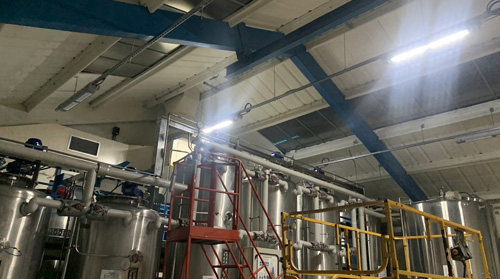
ATEX Certified Hazardous Area Lighting and Emergency Lighting
Our team helped a business in the food industry improve the lighting in their hazardous areas with the supply and installation of fully compliant, ATEX certified fittings.
Read more about ATEX Certified Hazardous Area Lighting and Emergency Lighting
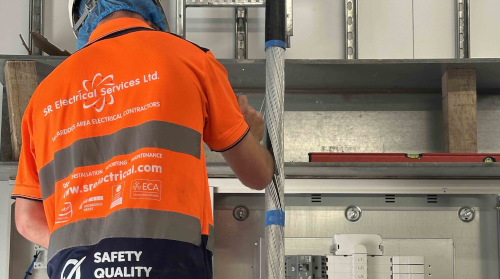
ATEX Lighting & Electrics Installation
Recently, we were called in to help a business in the food manufacturing sector with new hazardous area electrics at their site.
